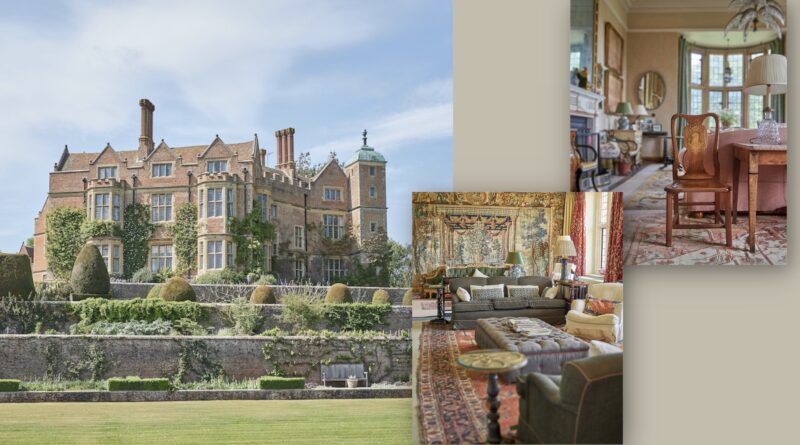Contents of Chilham Castle in Berkshire sale
 Selected contents from Chilham Castle in Kent, which had its interiors designed by leading interior designer and antiques aficionado Christopher Gibbs (1938-2018), will go under the hammer at Berkshire auctioneers Dreweatts this autumn.
Selected contents from Chilham Castle in Kent, which had its interiors designed by leading interior designer and antiques aficionado Christopher Gibbs (1938-2018), will go under the hammer at Berkshire auctioneers Dreweatts this autumn.
Gibbs, along with his friend, the celebrated designer, Jane Ormsby Gore (b.1942), was renowned for breaking boundaries in the world of interior design, particularly bringing country houses back to life.
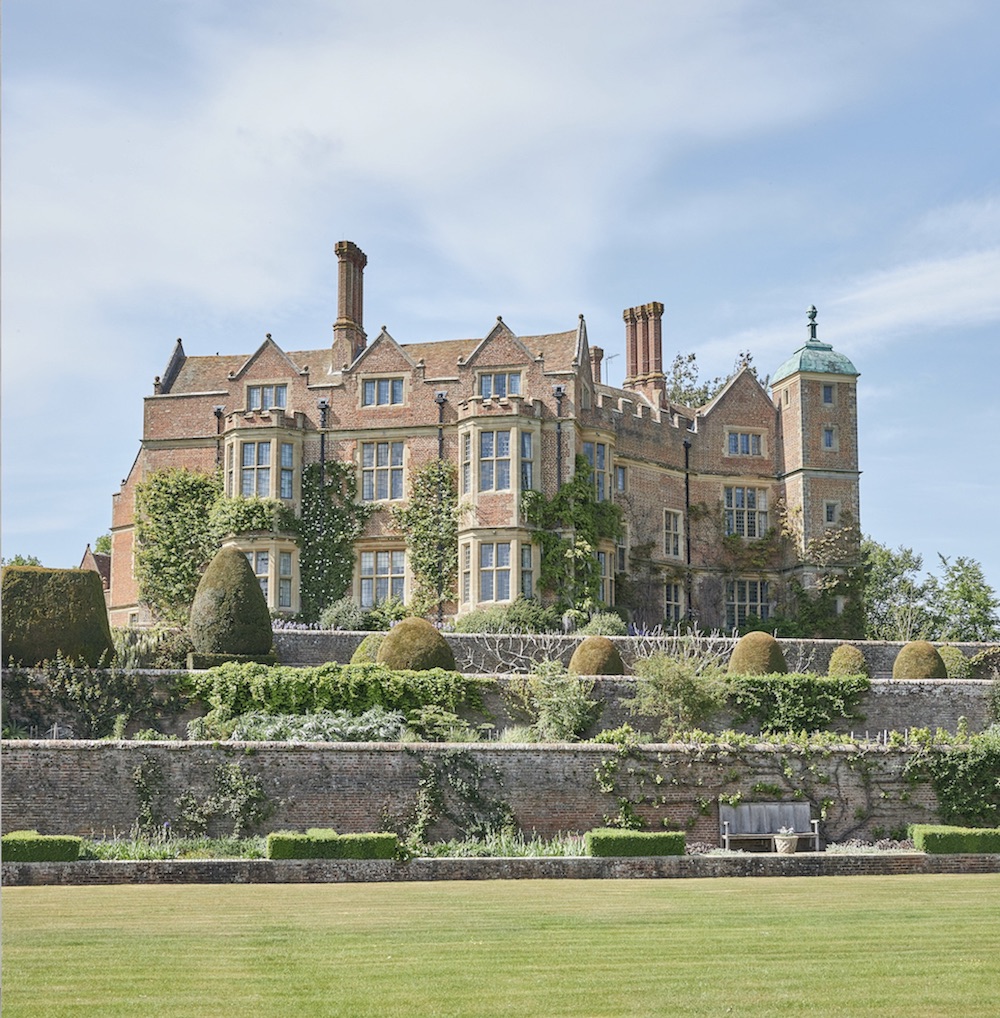
The designer had a specific vision for Chilham Castle, which would enable its new owners, the Wheeler family, to honour its rich history, while making their mark, as many generations of families had done before.
The home that he created for Stuart Wheeler and his wife Tessa when they took ownership of the castle in 2002 became an exquisite showcase of the very best antiques with exceptional provenance, complemented by Jane Ormsby Gore’s flamboyant textiles and design scheme that would make it above all else once again, a spectacular family home, with a mix of periods, colours and styles that would amaze and delight regardless of ones preferred style.
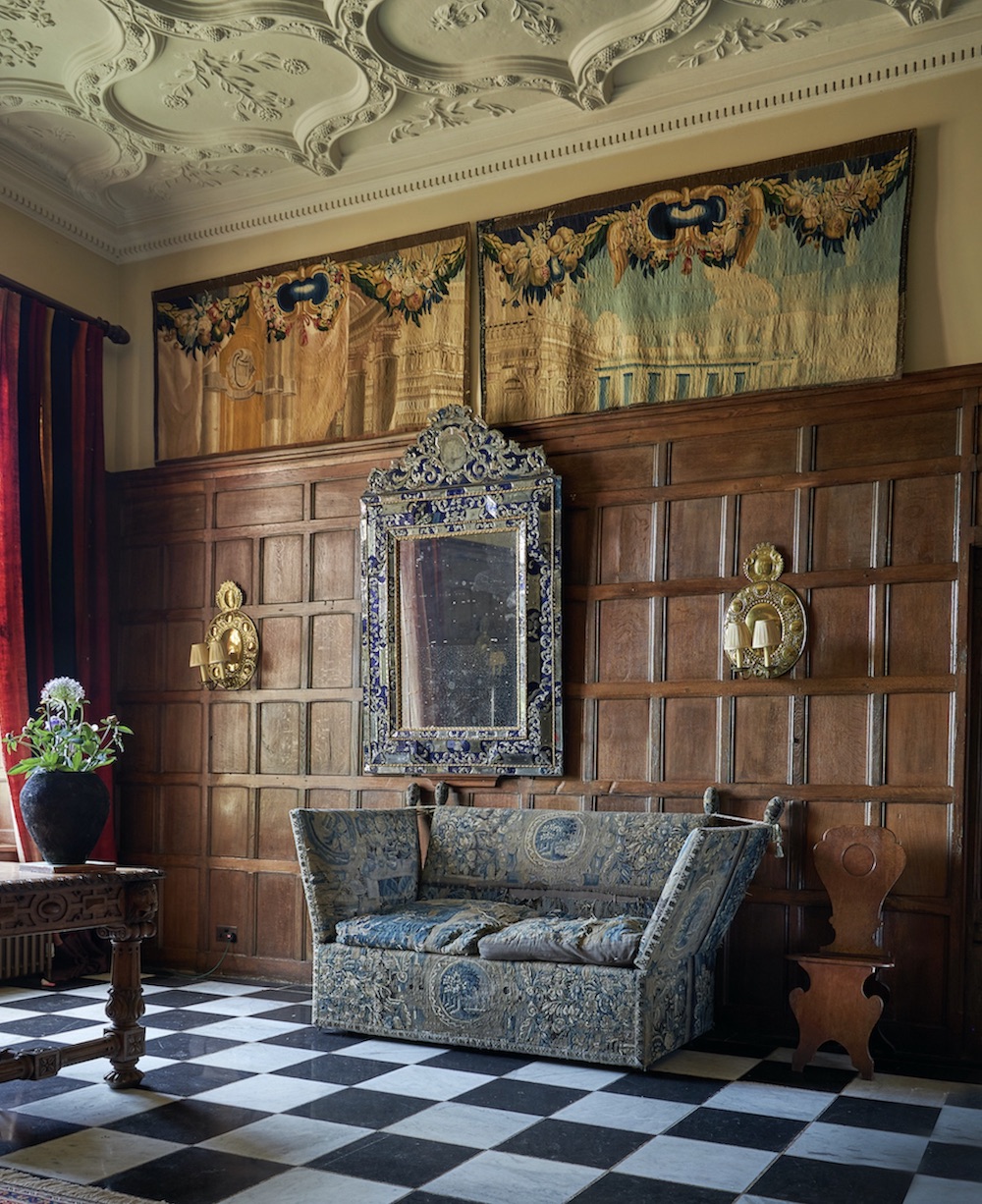
Gibbs was well-known in London right up until his death in 2018. In the 1960s he was renowned for inventing ‘Swinging London’, a cultural movement in the United Kingdom in the 1960s that had modernity and boundary-breaking at its core, which fits well with the rather bohemian aspect to his designs. His passion never waned and his strong interest in works that had a history, combined with a modern context was reflected in all of the interiors he created throughout his career. The New York Times described Gibbs in 2014 as a: ‘man of infinite taste, judgment and experience, the one who introduced a whole generation to the distressed bohemian style of interior design’ and this auction is testament to that.
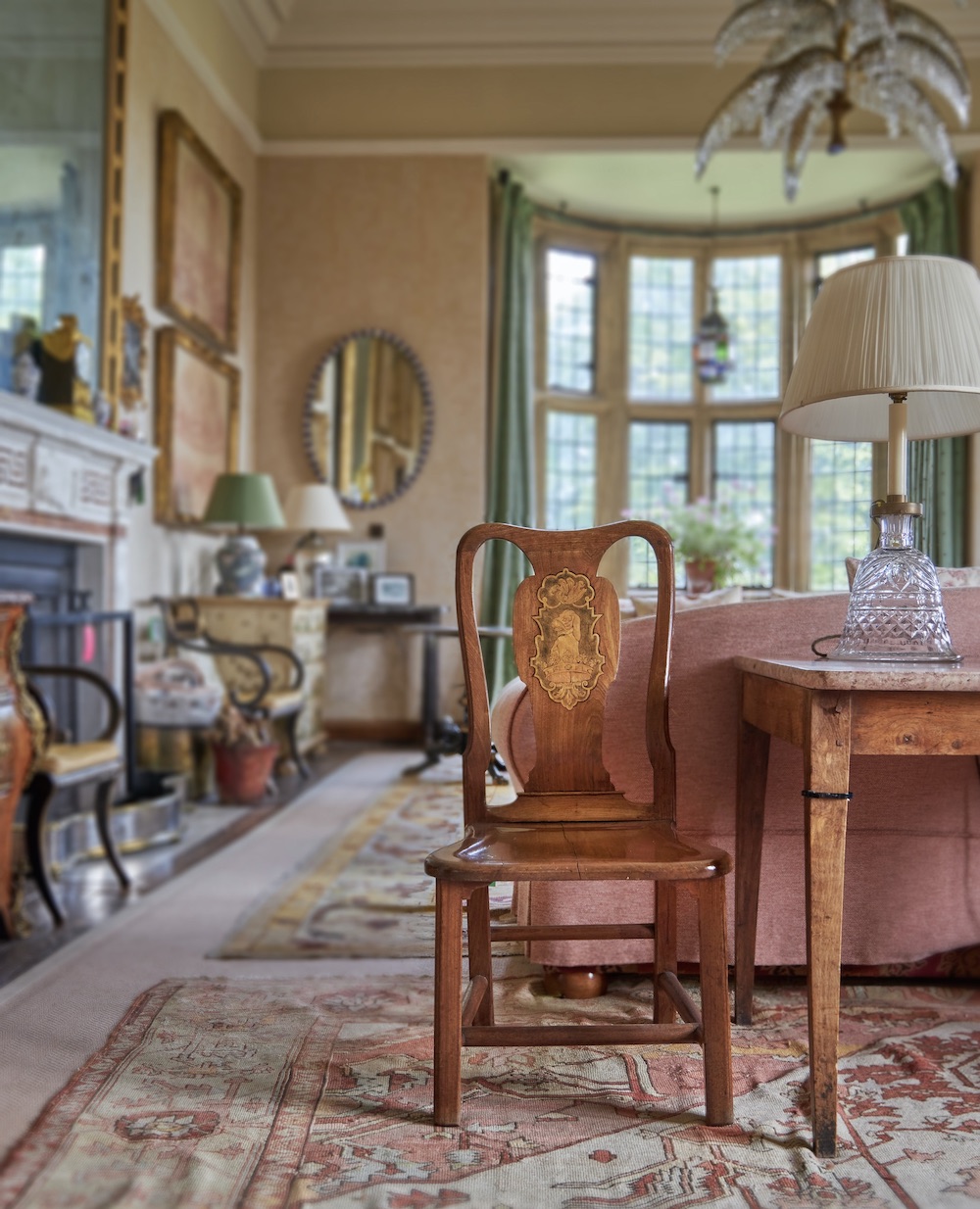
The wonderful selection of exceptional works, so carefully curated for the house by one of the greatest masters of design and historical works, is to be offered in a special auction titled Chilham Castle: The Selected Contents from a Christopher Gibbs Interior at Dreweatts on October 4, 2022. It offers collectors the unique opportunity to purchase works that have been thoroughly researched and chosen for their quality, provenance and aesthetic beauty.
Commenting on this extraordinary sale, Joe Robinson, Dreweatts Head of House sales and Collections, said: “The renowned style of Christopher Gibbs has an ineffable quality, a sublime sophistication in its subtlety and appreciation for scale and interest. The selected contents from Chilham are a cross section of Gibb’s vision offering important works besides enigmatic decorative pieces which will not fail to excite the aspiring collector within us.”
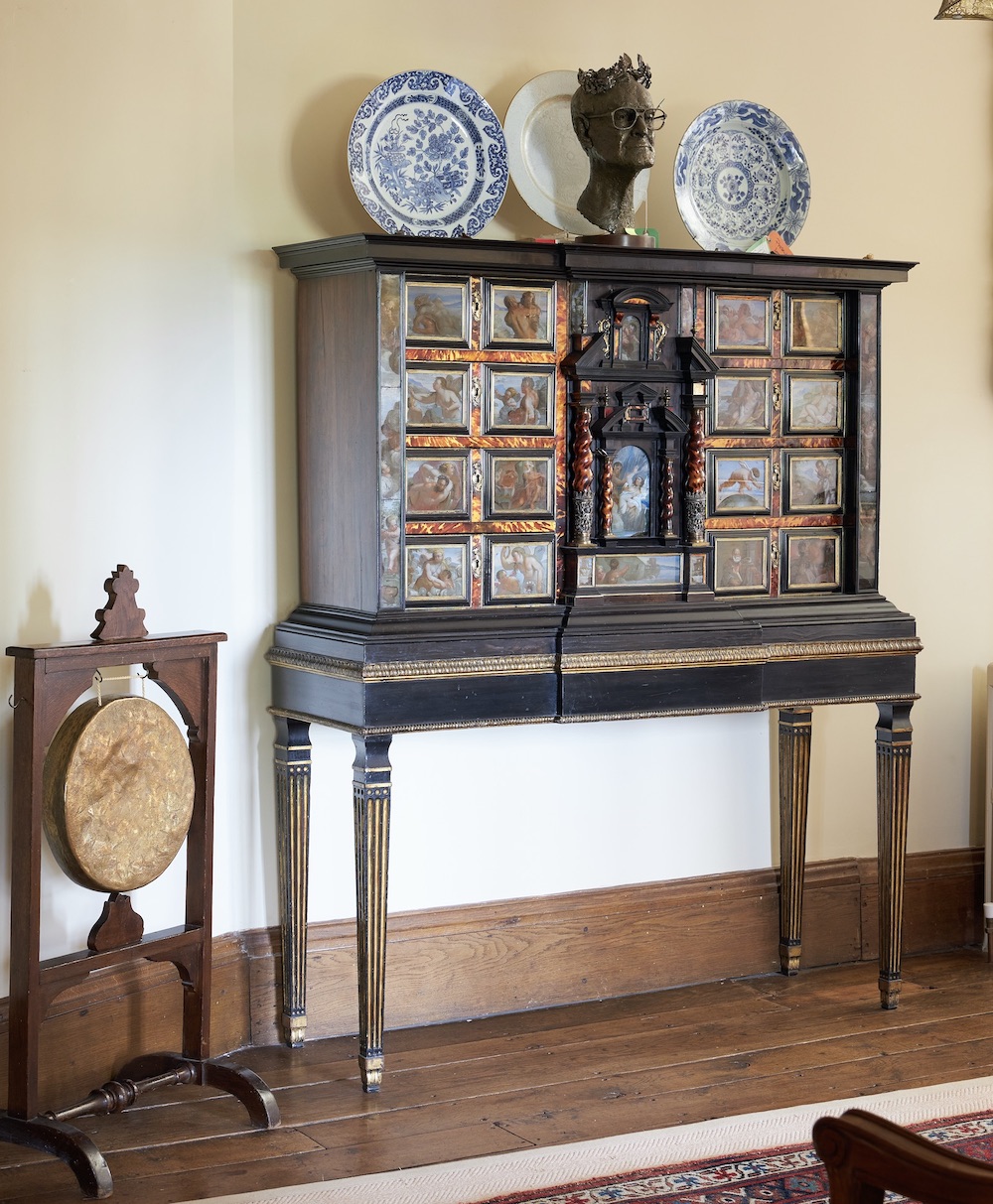
While none of the original contents from previous centuries survived in the house from its many former occupants, Gibbs decided to source works that had their own history, in order to give the feeling of them always having been in the house, just as if they had been lovingly and astutely collected over the generations. Each piece was specifically sourced from some of this century’s most prestigious country house sales such as, Godmersham Park, the Royal House of Hanover, Chirk Castle and Easton Neston, among others.
They were then expertly incorporated into the design scheme by Jane Ormsby Gore, who created a warm, inviting backdrop of textures and patterns to complement the works and give an overall sense of harmony throughout the home. Among the highlights is a large pair of blue and white dishes for the Islamic market from the Kangxi period. The stunning dishes are decorated in underglaze blue with radiating petals on a scrolling blue ground, with a central floral medallion. They still bear labels of the Rikksmuseum, Amsterdam in 1936 and are inscribed in pencil Hancocks 95, which means the plates were included in an International Antiques Trade Fair and shown by Hancock of St. James’ in London. They were formerly at the country estate of Easton Neston and carry an estimate of £7,000-£9,000.
A portrait by Jonathan Richardson (1667-1745), one of the three foremost painters of his time, captures the Duchess of Roxburghe as Marchioness of Bowmount seated in a deep blue dress with her crown positioned next to her. Richardson was known in England predominantly as a portrait painter, capturing subjects with a rich vibrancy that set him apart from his contemporaries – Sir Godfrey Kneller and Michael Dahl. He also wrote three well-respected treatises on painting, inspiring Joshua Reynolds to paint and theorise with his book An Essay on the Theory of Painting. The work is in oil on canvas and is estimated to fetch £6,000-£8,000. A full-length oil portrait of a cavalier dressed elaborately in red with his white dog beside him, dates from 17th century and carries an estimate of £7,000-£10,000.
A pair of 18th early 19th-century Chinese export padouk and marquetry chairs that were formerly at the country house Godmersham Park are also in the sale. The chairs are believed to have been commissioned by Thomas May of Godmersham through the East India Company, when the house was newly built. Testament to this is the May armorial crest in the form of leopard’s head out of ducal coronet, which is displayed within serpentine cartouches. The chairs carry an estimate of £5,000-£8,000.
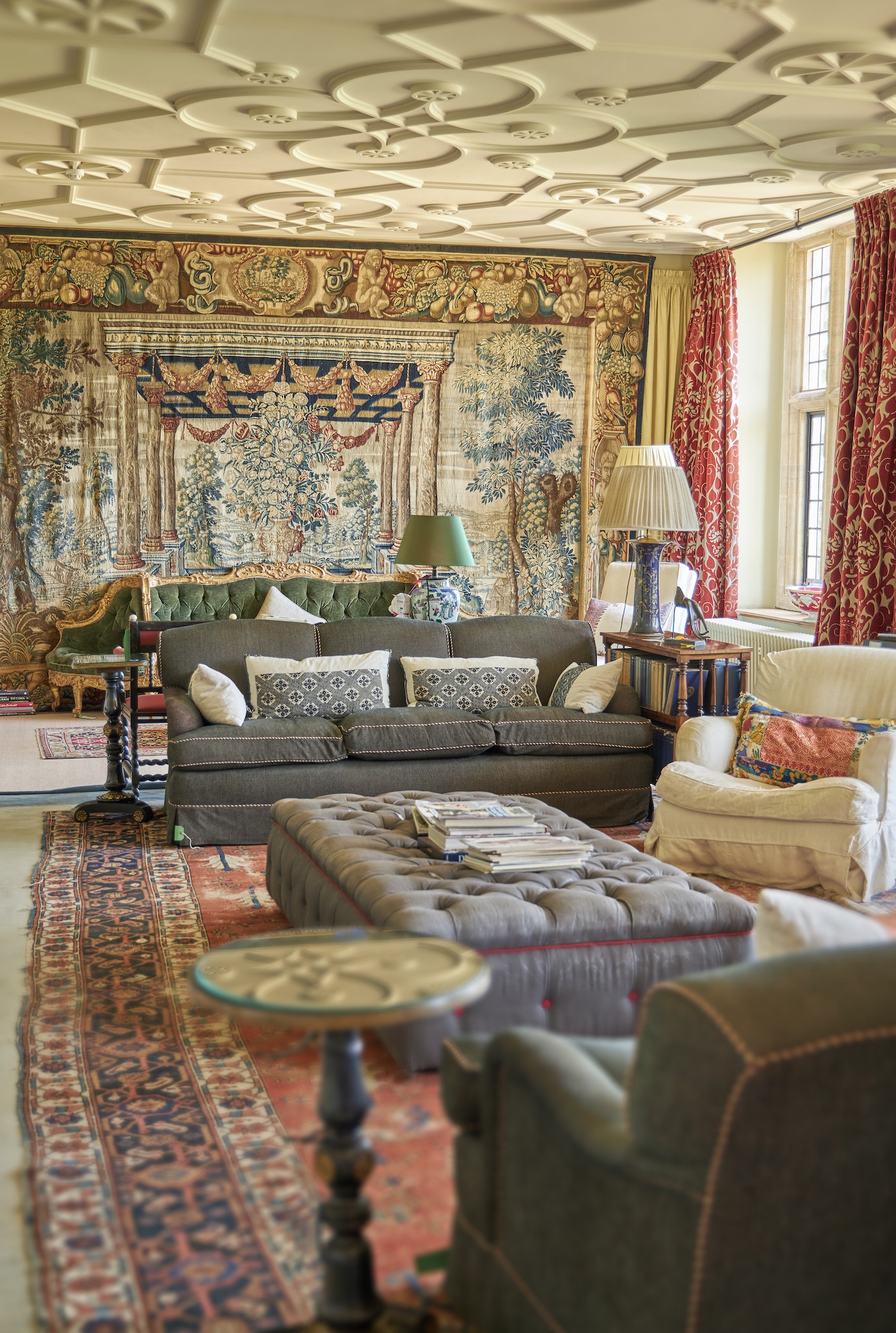
A highly decorative late 17th century south Italian verre eglomise, tortoiseshell, rosewood, ebonised and ebony cabinet features painted panels depicting mythological subjects reminiscent of the work of Luca Giordano (1634-1705). Giordano was an Italian late-Baroque painter and printmaker in etching and this piece is thought to be by one of the artists of his circle, perhaps the largely unknown Domenico Coscia. The stunningly painted mythological scenes offer intrigue and the central architectural door opens up to a mirrored recess. A cabinet on stand such as this was highly popular with those on the ‘Grand Tour’ and were often commissioned to be brought back to England. This fine example is estimated to fetch £15,000-£25,000.
A pair of matching Charles II kingwood oyster veneered wall mirrors, in the manner of cabinet maker Thomas Pistor (1673-1706) are believed to have been commissioned for the Long Gallery at Chirk Castle, according to an inventory that describes them and later photographs of them in situ. The mirrors date from circa 1685 and feature moulded kingwood frames parquetried in oyster veneer. They are estimated to fetch £30,000-£50,000.
A north Italian walnut, ebonised and ‘certazina’ bone inlaid amoire was formerly the property of the Earls of Ducie at the family seat of Tortworth Court in Gloucestershire. The large country house was designed by Samuel Sander Teulon between 1848 and 1853. It is believed that the amoire was removed during World War II when the house was requisitioned by the navy, to be used for coding and signals. The house is now run as a hotel. The amoire features decorative detailing and a label on the back which states ‘The Rt. Hon. The Earl of Ducie date rec 7/10/40’. It has an estimate of £1,500-£2,500.
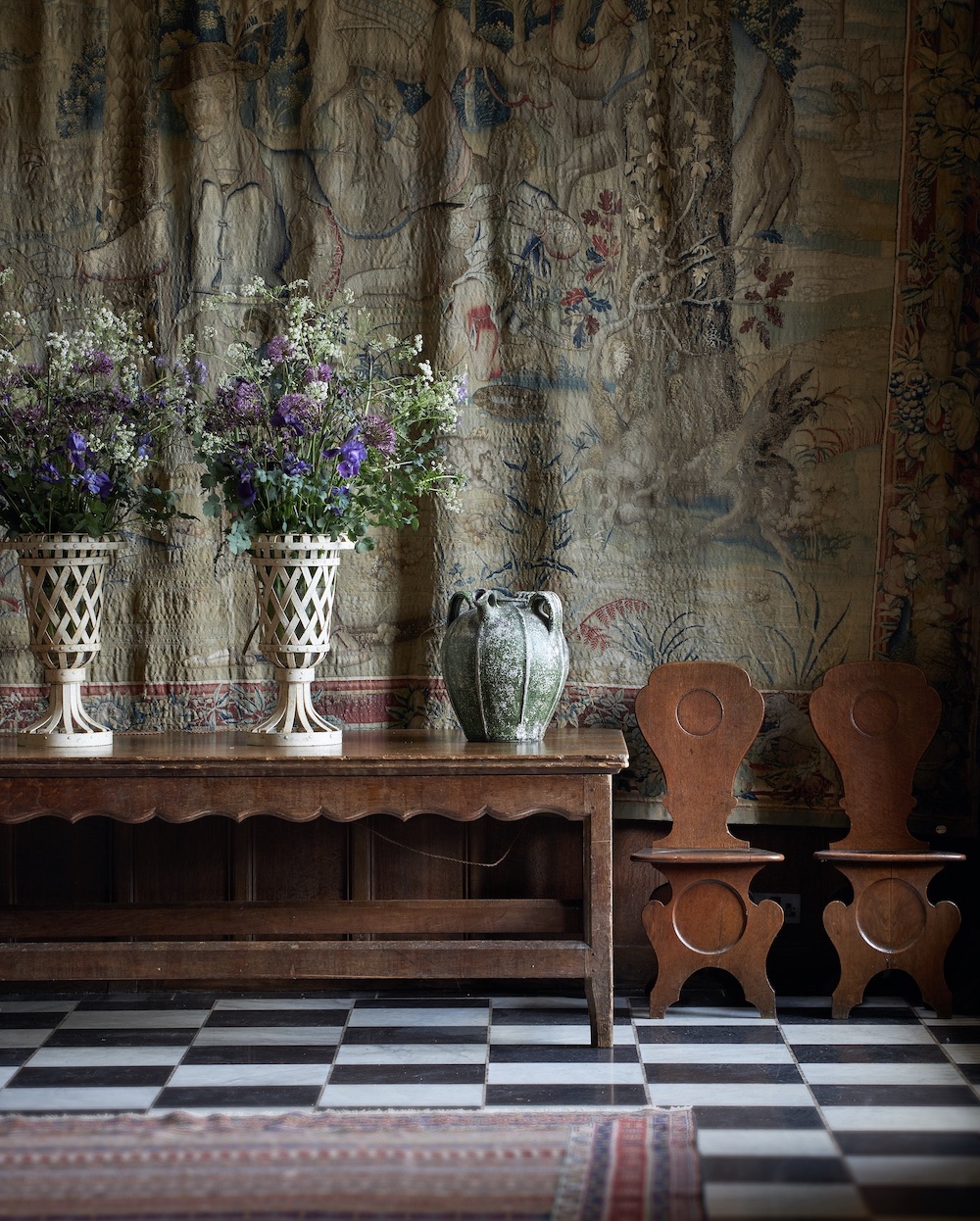
A very impressive 16th century Belgian biblical tapestry depicts the story of Abraham’s servant Eliezer meeting Rebecca by the well. Maidens carrying water urns are depicted to the sides of the tapestry and Eliezer’s camels are seen on the right, with a penitent man kneeling in the scene. Its borders are decorated with fruit and flowers, with meandering vines and birds, a monkey and a dog all intertwined. Everything is beautifully woven in metal threads, wools and silks. It carries an estimate of £20,000-£40,000.
Elsewhere, a late 17th-century south Italian verre eglomise, tortoiseshell, rosewood, ebonised and ebony cabinet with painted panels has an estimate of £15,000-£25,000 and a pair of blue and white dishes for the Islamic market from the Kangxi period. Estimate £7,000-£9,000. One of a pair of 18th/early 19th century Chinese export padouk and marquetry chairs formerly at Godmersham Park carry an estimate of £5,000-£8,000.

